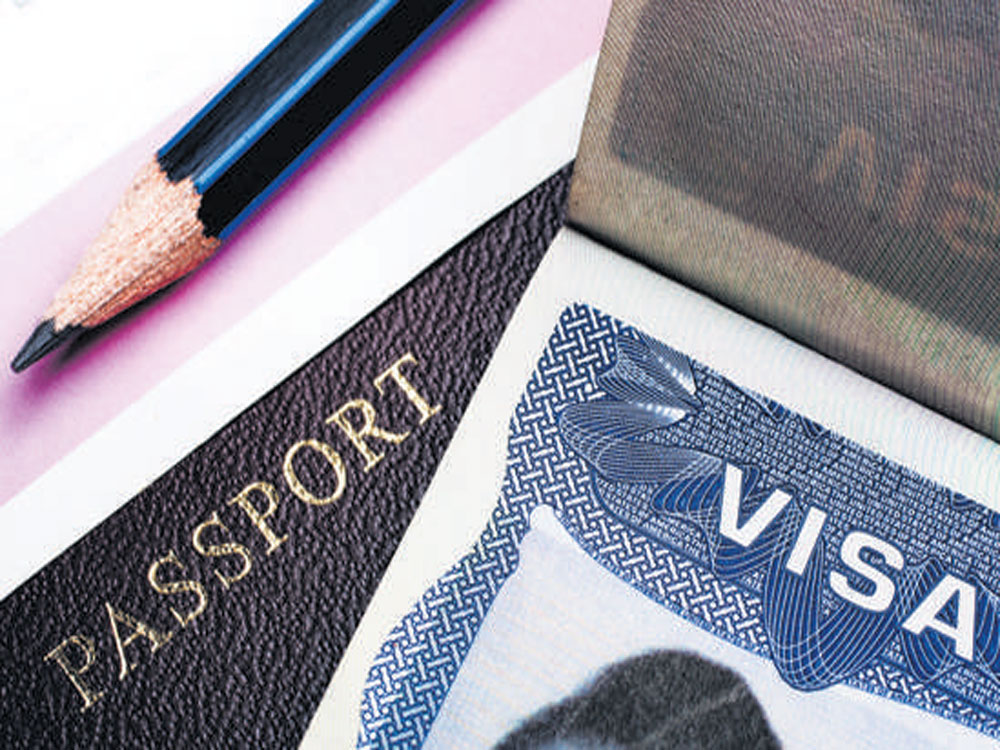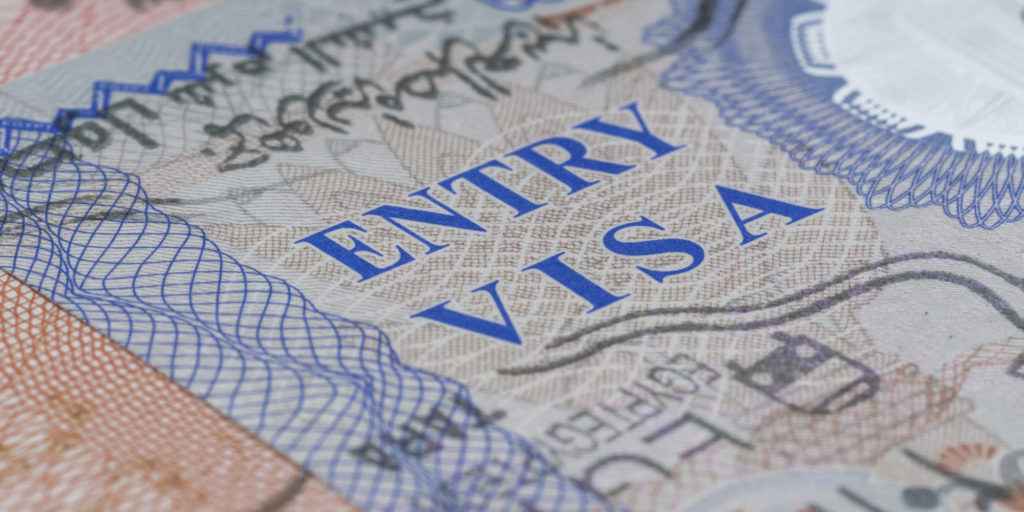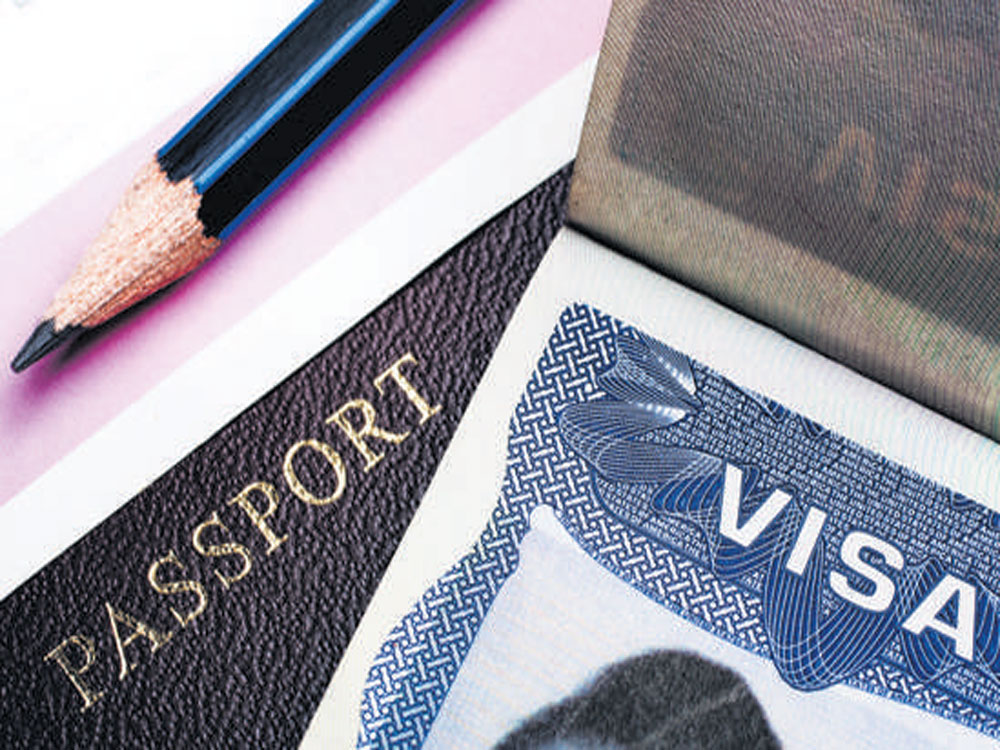
Exploring The Process Of Obtaining An Indian Visa For Vietnamese Citizens
As Vietnam continues to grow economically and socially, more of its citizens are seeking opportunities abroad. India has become a popular destination for many Vietnamese travelers, whether for business or leisure. However, before planning a trip to India, it is essential to understand the process of obtaining an Indian visa for Vietnamese citizens. In this article, we will explore the who, what, when, how-to, pros and cons, alternatives, step-by-step guide, comparison, tips, and best practices related to acquiring an Indian visa for Vietnamese citizens.
Who Needs An Indian Visa?
Any foreign national, including Vietnamese citizens, who wish to travel to India, needs a visa. The Indian government requires all visitors to have a valid visa before entering India. There are different types of visas for various purposes, such as tourist visas, business visas, employment visas, student visas, and medical visas. Vietnamese citizens planning to visit India for tourism or business purposes can apply for an e-Visa online.

What Is An Indian E-Visa?
An Indian e-Visa is an electronic travel authorization that allows Vietnamese citizens to enter India for short-term stays. It is a more convenient and straightforward way to obtain an Indian visa compared to traditional methods. The e-visa application process is entirely online, and applicants receive their visas via email within 72 hours. The e-visa is valid for 60 days from the date of arrival in India, and visitors can stay in India for up to 90 days.
When Should You Apply For An Indian E-Visa?
Vietnamese citizens planning to visit India should apply for an e-visa at least four days before their intended arrival date in India. The e-visa is issued within three business days, but it is always better to apply early to avoid any last-minute delays. The e-visa is valid for 120 days from the date of issue, so applicants should plan their travel accordingly.
How To Apply For An Indian E-Visa?
The process of applying for an Indian e-visa for Vietnamese citizens is simple and straightforward. Here is a step-by-step guide on how to apply:
- Visit the Indian government’s official e-visa website (https://indianvisaonline.gov.in/evisa/tvoa.html).
- Click on the “Apply e-Visa” button.
- Select the type of visa and your country of origin.
- Enter your personal details and passport information.
- Upload a recent photograph and a scanned copy of your passport.
- Pay the visa fee using a credit or debit card.
- Submit the application and wait for the e-visa to be issued via email within three business days.
Pros and Cons of Indian E-Visa
Before applying for an Indian e-visa, it is crucial to consider its pros and cons.
Pros
- The e-visa application process is entirely online, which saves time and effort.
- The e-visa is issued within three business days, making it a quick and convenient option.
- The e-visa is valid for 60 days from the date of arrival, allowing visitors to stay in India for up to 90 days.
- The e-visa is cost-effective compared to traditional visas.
Cons
- The e-visa is only valid for tourism and business purposes.
- The e-visa does not allow visitors to participate in paid or unpaid activities.
- The e-visa cannot be extended beyond 90 days.
- The e-visa requires visitors to have a return ticket and sufficient funds to support their stay in India.
Alternatives To Indian E-Visa
Vietnamese citizens who do not qualify for an e-visa or require a longer stay in India can apply for traditional visas. The Indian embassy or consulate issues traditional visas, and the application process involves submitting physical documents and attending an interview. However, traditional visas take longer to issue than e-visas, and applicants may have to provide additional documentation and pay higher fees.
Step-By-Step Guide To Obtain Traditional Indian Visa
The process of obtaining a traditional Indian visa for Vietnamese citizens involves several steps. Here is a step-by-step guide:
- Download and fill out the visa application form from the Indian embassy’s official website.
- Gather all the required supporting documents, such as a valid passport, recent photographs, travel itinerary, and financial statements.
- Make an appointment at the nearest Indian embassy or consulate and attend the visa interview.
- Pay the visa fee and wait for the visa to be issued.
Comparison Between E-Visa And Traditional Visa
Here is a comparison between e-visas and traditional visas:
Processing Time
E-visas are issued within three business days, while traditional visas take longer to process.
Application Process
The e-visa application process is entirely online, while traditional visas require applicants to submit physical documents and attend an interview.
Validity
E-visas are valid for 60 days from the date of arrival, while traditional visas can be valid for up to five years.
Purpose of Visit
E-visas are only valid for tourism and business purposes, while traditional visas can be used for various purposes, such as employment, education, and medical treatment.
Cost
E-visas are generally less expensive than traditional visas.
Tips For Obtaining An Indian Visa For Vietnamese Citizens
Here are some tips for Vietnamese citizens applying for an Indian visa:
- Apply for the e-visa at least four days before your intended arrival date in India.
- Ensure that your passport has a validity of at least six months from the date of arrival in India.
- Provide accurate and complete information in your visa application.
- Have all the required supporting documents ready before starting the application process.
- Follow the guidelines for photograph size and format when uploading your photograph.
- Keep your electronic visa copy with you at all times during your stay in India.
The Best Practices For Obtaining An Indian Visa For Vietnamese Citizens
To ensure a smooth and hassle-free visa application process, here are some best practices for Vietnamese citizens:
- Research the requirements and guidelines for the type of visa you need before applying.
- Contact the Indian embassy or consulate if you have any questions or concerns.
- Start the application process early to avoid any last-minute delays.
- Stay updated on any changes or updates to the visa policies or procedures.
- Be patient and prepared to provide additional documents or information if requested.

Conclusion
Obtaining an Indian visa for Vietnamese citizens is a straightforward process that requires careful planning and attention to detail. Whether choosing the convenience of an e-visa or the flexibility of a traditional visa, Vietnamese travelers can enjoy the rich culture and heritage of India. By following the guidelines and best practices outlined in this article, Vietnamese citizens can make their visa application process smooth and successful.
FAQs
- Q: Can I apply for an Indian visa on arrival? A: No, Indian visas cannot be obtained on arrival, and visitors must have a valid visa before entering India.
- Q: What is the cost of an Indian e-visa for Vietnamese citizens? A: The cost of an Indian e-visa varies depending on the type of visa and duration of stay. The fee ranges from USD 10 to USD 100.
- Q: Do I need to provide biometric data for an Indian e-visa? A: No, Vietnamese citizens applying for an Indian e-visa do not need to provide biometric data.
- Q: Can I extend my Indian e-visa beyond 90 days? A: No, Indian e-visas cannot be extended beyond 90 days, and visitors must leave India before the visa expiry date.
- Q: How long does it take to obtain a traditional Indian visa for Vietnamese citizens? A: The processing time for traditional Indian visas varies depending on the type of visa and the embassy or consulate’s workload. It can take anywhere from a few days to several weeks to process.# Alternatives to Obtaining an Indian Visa for Vietnamese Citizens
If you are a Vietnamese citizen planning to travel to India, there are several alternatives to obtaining a traditional or e-visa. Here are some options:
Visa on Arrival
Vietnamese citizens can apply for a visa on arrival (VOA) for tourism purposes. A VOA allows visitors to obtain their visa at the port of entry in India, such as an airport or seaport. However, it is only available for single-entry tourism visas and not applicable for other types of visas. The application process for VOA is straightforward and requires applicants to provide their passport, photograph, and travel itinerary.
Consular Services
Vietnamese citizens can also visit the Indian embassy or consulate in Vietnam to apply for a traditional visa. This option is suitable for those who do not want to apply online or prefer personal assistance in the application process. Applicants must provide all the necessary documents, including their passport, visa application form, and supporting documents.
Visa Agents
Visa agents or travel agencies can assist Vietnamese citizens in applying for Indian visas. These agents have knowledge of the visa application process and can help with filling out forms, providing necessary documents, and submitting the application on behalf of the applicant. Some travel agencies offer expedited visa processing services for an additional fee.
Compare Indian E-Visa and Traditional Visa for Vietnamese Citizens
When deciding whether to obtain an Indian e-visa or traditional visa, Vietnamese citizens should consider the following factors:
Convenience
E-visas are more convenient than traditional visas since they can be applied for entirely online without visiting the embassy or consulate. Traditional visas require applicants to submit physical documents and attend an interview, which can be time-consuming.
Validity
E-visas are valid for up to 60 days from the date of arrival, while traditional visas can be valid for up to five years. If you plan to travel to India frequently, a traditional visa may be more suitable.
Purpose of Visit
E-visas are only valid for tourism and business purposes, while traditional visas can be used for various purposes, such as employment, education, and medical treatment. If you plan to work or study in India, a traditional visa may be necessary.
Cost
E-visas are generally less expensive than traditional visas. However, if you plan to stay in India for an extended period, a traditional visa may be more cost-effective.
Conclusion
Obtaining an Indian visa for Vietnamese citizens requires careful planning and attention to detail. Whether choosing the convenience of an e-visa or the flexibility of a traditional visa, Vietnamese travelers can enjoy the rich culture and heritage of India. By following the guidelines and best practices outlined in this article, Vietnamese citizens can make their visa application process smooth and successful.
FAQs
- Q: Can I apply for an Indian visa on arrival? A: Yes, Vietnamese citizens can apply for a visa on arrival for tourism purposes.
- Q: What is the difference between an Indian e-visa and a traditional visa? A: E-visas are applied for entirely online, while traditional visas require applicants to submit physical documents and attend an interview. E-visas are valid for up to 60 days from the date of arrival, while traditional visas can be valid for up to five years.
- Q: Can I work or study in India with an e-visa? A: No, e-visas are only valid for tourism and business purposes. For employment or education purposes, a traditional visa may be necessary.
- Q: How long does it take to process an Indian e-visa for Vietnamese citizens? A: The processing time for Indian e-visas varies depending on the type of visa and the embassy or consulate’s workload. It can take anywhere from a few days to several weeks to process.
- Q: Can I apply for an Indian visa without a passport? A: No, a valid passport is required to apply for an Indian visa, regardless of whether it is an e-visa or traditional visa.6. Q: Is it necessary to provide biometric data for a traditional Indian visa? A: Yes, applicants for a traditional Indian visa are required to provide biometric data, including fingerprints and a facial photograph.
- Q: Can I extend my traditional Indian visa beyond its expiry date? A: Yes, it is possible to extend a traditional Indian visa beyond its expiry date. However, the extension must be applied for before the visa expires, and there are additional fees and requirements.
- Q: Can I apply for an Indian visa if I have a criminal record? A: It depends on the type of crime and when it was committed. Applicants with a criminal record may be required to provide additional documents or information during the application process.
- Q: What documents are required for an Indian visa application? A: The required documents for an Indian visa application vary depending on the type of visa and purpose of visit. Generally, applicants will need to provide their passport, visa application form, and supporting documents such as photographs, travel itinerary, and financial statements.
- Q: How long can I stay in India on an e-visa? A: Vietnamese citizens can stay in India for up to 60 days on an e-visa, and the stay cannot be extended beyond this period.

